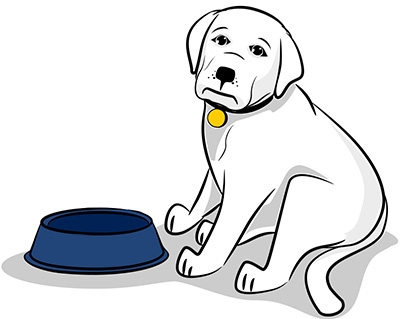Marine Amplifiers
Marine amplifiers will power your speakers or subwoofers so that you can turn them up loud and hear them clearly for a high quality audio experience on the water. Marine amplifiers are different from regular car amplifiers. The PCB boards are conformal coated and the hardware is corrision resistant. A marine amplifier does not mean that it is water proof. It means that it is designed to withstand the elements and it is weather resistant.
We offer marine amplifiers ranging from 1 channel, mono subwoofer amps all the way up to 8 channel amplifiers and amps from the top brands in the industry including JL Audio, Kicker, Rockford Fosgate, Wet Sounds, and more. If you are looking to make your boat's stereo louder and/or sound better, we have a solution for you.
We offer marine amplifiers ranging from 1 channel, mono subwoofer amps all the way up to 8 channel amplifiers and amps from the top brands in the industry including JL Audio, Kicker, Rockford Fosgate, Wet Sounds, and more. If you are looking to make your boat's stereo louder and/or sound better, we have a solution for you.
Showing results {{ pagination.begin }} to {{ pagination.end }} of {{ pagination.totalResults }} total products
No Results Found
Previous
/ {{ pagination.totalPages }}
Next
Filters:
{{ filter.fieldLabel }}:{{ formatFilterValue(filter) }}
Remove
Remove
Showing results {{ pagination.begin }} to {{ pagination.end }} of {{ pagination.totalResults }} total products
No Results Found
{{ mobileFacetToggle ? 'Close Filters' : 'Show Filters' }}
{{ (tempResultCount) ? tempResultCount : pagination.totalResults }} {{ (tempResultCount === 1 || pagination.totalResults === 1) ? 'Result' : 'Results' }}
{{ facet.fieldLabel }}
{{ facetOption.value }} ({{ facetOption.count }})
Show more
{{ facetOption.value }} ({{ facetOption.count }})
Show less
{{ facetOption.value }} ({{ facetOption.count }})
{{ result.product_flag }}
* Example payment is based on the listed product price assuming a 24-month loan term and a 9.99% APR. Subject to approval of credit application. Rates range from 0% to 29.99% APR. APRs will vary depending on credit qualifications, loan amount, and term. Bread® pay-over-time plans are loans made by Comenity Capital Bank.
{{ formatCurrency(result.base_price) }}
You save: {{ formatCurrency(result.base_price - result.price) }}
{{ formatCurrency(result.price) }}
or {{ formatCurrency(calculateBreadCost(result.price)) }} per month*
Molly the Search Dog wasn't able to find anything.
A few suggestions:
- Check for typos or misspellings
- Broaden your search by removing any applied filters
- Still not finding what you want? Give us a call at 1-800-480-0647 and one of our sales representatives will be happy to assist you.









